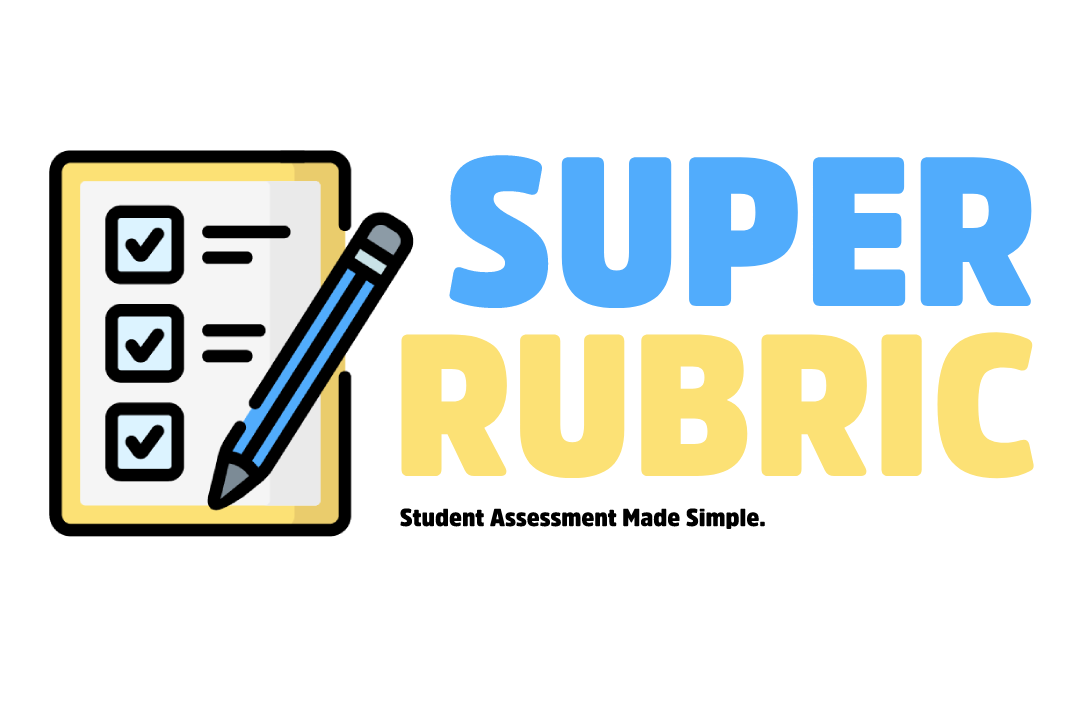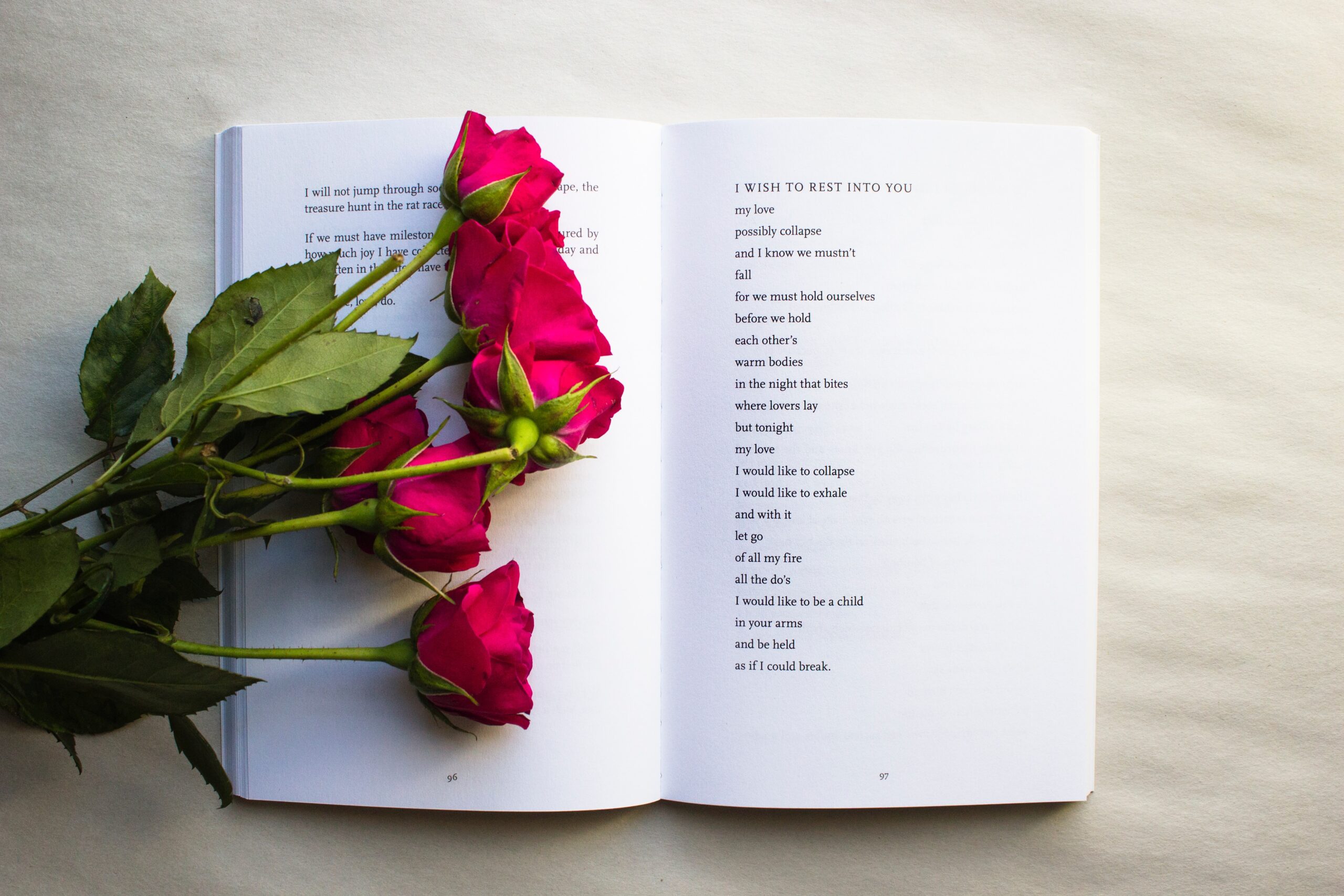Poetry is a powerful form of expression, and having a reliable poetry writing rubric can make all the difference in guiding students on their poetic journey. In this blog post, we’ll explore the components of the ultimate poetry writing rubric, designed to enhance student writing and elevate their craft.
By focusing on cohesiveness and structure, language and conventions, use of poetic elements, poetic diction, and creativity and uniqueness, this rubric provides a comprehensive framework for assessing and refining student poems. Let’s dive into the world of poetry writing rubrics!
The Ultimate Poetry Writing Rubric: Elevate Student Writing
 Criteria #1: Cohesiveness and Structure
Criteria #1: Cohesiveness and Structure
A well-crafted poem, as evaluated by the poetry writing rubric, flows smoothly, engaging the reader from start to finish. Assessing student work using the poetry writing rubric involves considering factors like cohesiveness and structure.
Have students ask themselves; Does the poem have a clear theme or central message that is effectively conveyed? Are stanzas and lines organized in a logical progression?
Encourage students to utilize poetic devices, such as repetition or parallelism, to enhance the structure of their poems, as emphasized in the poetry writing rubric.
Criteria #2: Language and Conventions
The poetry writing rubric pays close attention to the use of language and conventions in student poems. Strong poems employ precise and evocative language, using the power of words to create vivid imagery. The poetry writing rubric encourages students to explore descriptive language, sensory details, and various figurative devices, like similes and metaphors.
A great poetry writing rubric will also consider the importance of grammar and punctuation, as adhering to language conventions ensures clarity and effective communication. Thus, the poetry writing rubric serves as a guide for students to master the art of employing language effectively in their poems.
Criteria #3: Use of Poetic Elements
One of the key focuses when writing poetry is the use of poetic elements.
Rhythm, meter, and line breaks are assessed to determine if the poem achieves its desired impact. The poetry writing rubric also encourages students to experiment with sound devices like alliteration or assonance to enhance the musicality of their poems.
Exploring different poetic forms and techniques, as outlined in the poetry writing rubric, enables students to broaden their understanding and application of these elements in their poetic compositions.
Criteria #4: Poetic Diction
Poetic diction, as highlighted in the poetry writing rubric, refers to the specific word choices and phrasing unique to the realm of poetry. Strong poems employ a rich and nuanced vocabulary that captivates readers. The poetry writing rubric encourages students to explore different word choices, striking a balance between simplicity and complexity.
By employing poetic diction effectively, students can evoke emotions and convey their intended messages with clarity and impact. Thus, the poetry writing rubric guides students in developing a distinct poetic voice through the deliberate selection of words and phrases.
Criteria #5: Creativity and Uniqueness
The poetry writing rubric acknowledges that creativity and uniqueness play pivotal roles in the world of poetry. It encourages students to embrace their individual perspectives and ideas, celebrating their distinct voices. The poetry writing rubric assesses students’ ability to think outside the box, fostering imaginative approaches to poetic expression.
By nurturing creativity and uniqueness, the poetry writing rubric empowers students to craft exceptional poems that leave a lasting impression. As students navigate the rubric, they can channel their creative energies and unlock their full poetic potential.
Conclusion
The ultimate poetry writing rubric serves as a comprehensive guide for both educators and students, fostering growth and improvement in poetic craftsmanship. By incorporating the key assessment criteria of cohesiveness and structure, language and conventions, use of poetic elements, poetic diction, and creativity and uniqueness, educators can effectively elevate student writing to new heights. Whether you’re a teacher or a student, embracing the poetry writing rubric as a tool for refinement will undoubtedly unlock your creative potential. So, let’s embark on this poetic journey together and write captivating verses using the poetry writing rubric as our guide. Happy writing!
Try our Free Poetry Writing Rubric Today!








You must log in to post a comment.